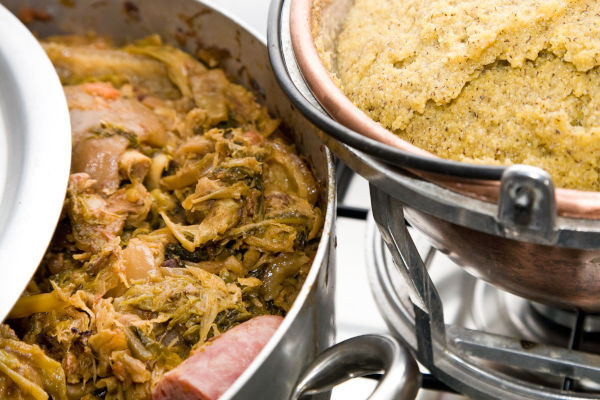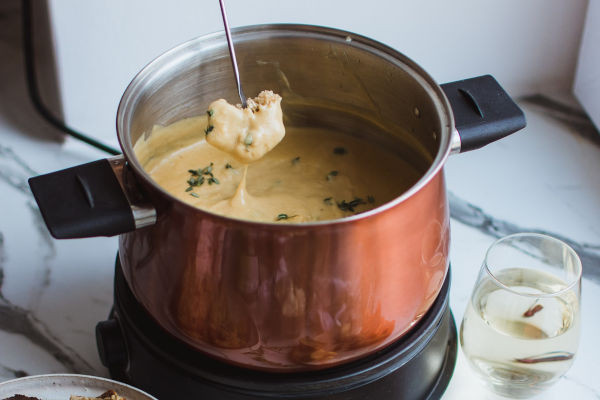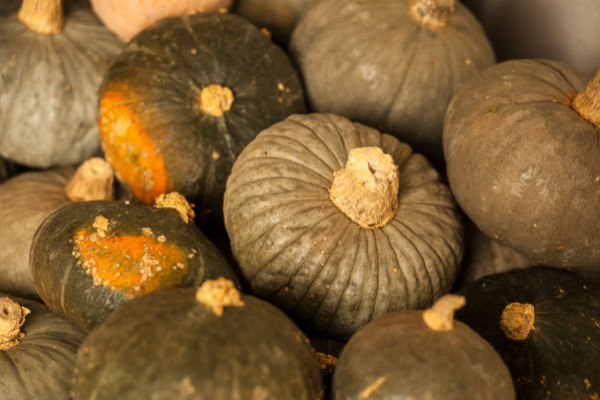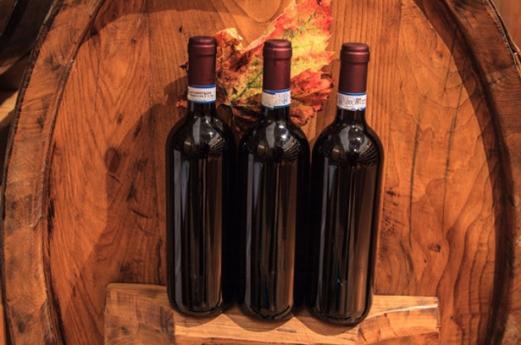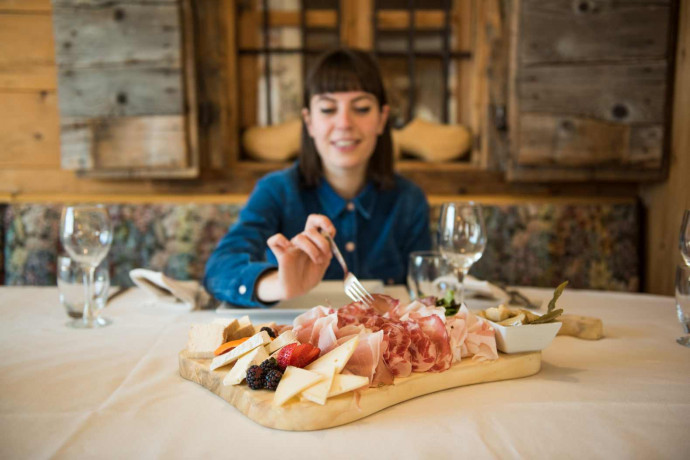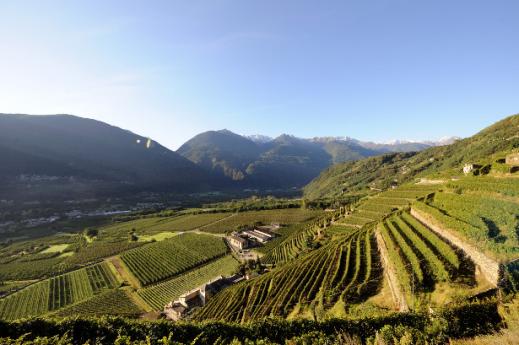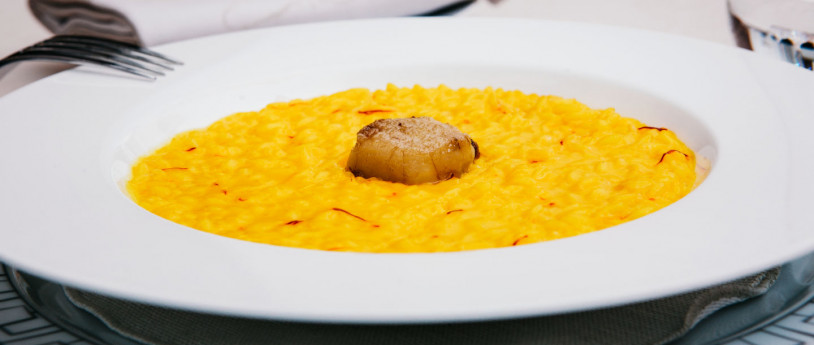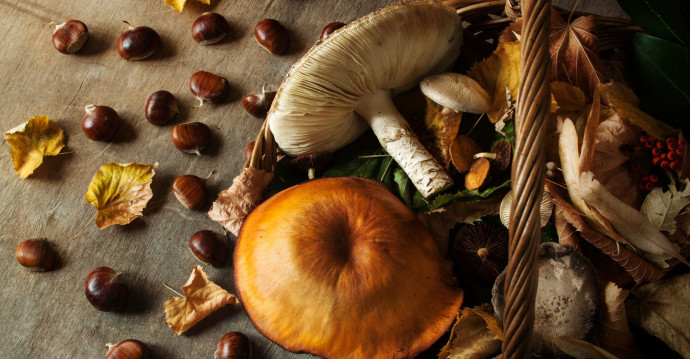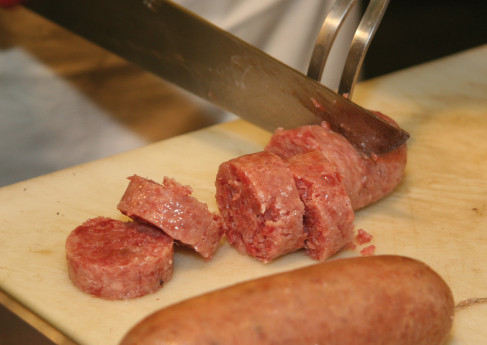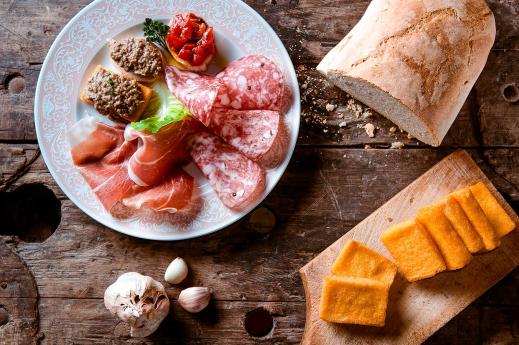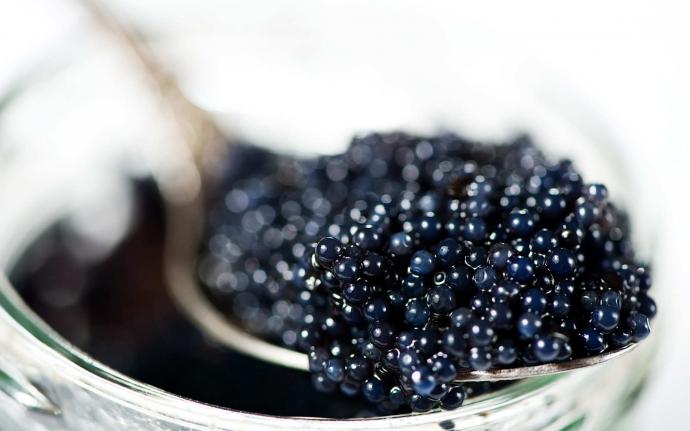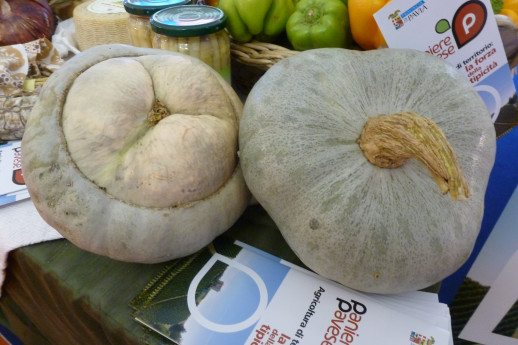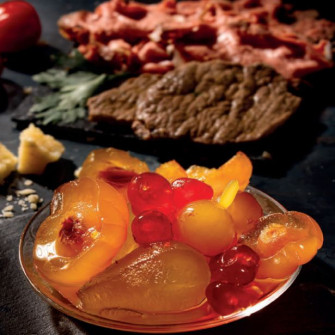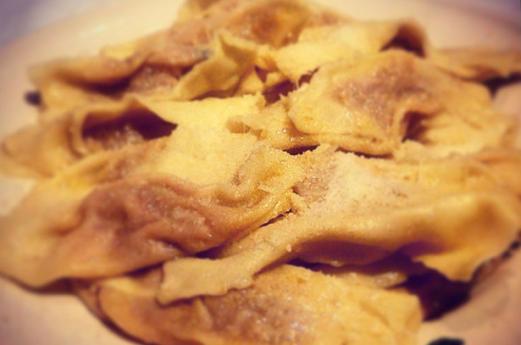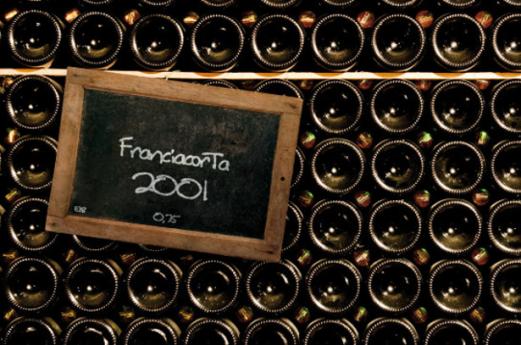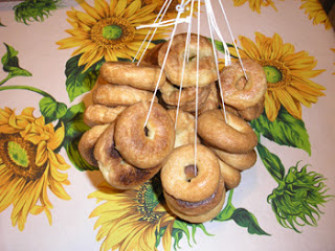- Food & Wine
At table with traditional Lombardy food recycling recipes
Sautéed risotto, cassoeula, meatballs and rissoles, creams and cheese fondues, cream of asparagus stalk, cream made of pumpkin husks and seeds - cooking with leftovers is a tradition in Lombardy.
From meatballs made with leftover boiled meat to sautéed rice, from cream of asparagus stalk to cream made with pumpkin husks and seeds, to a chocolate cake which uses dry bread instead of flour... Cooking with leftovers is something that has always been done in Lombardy: bread, meat, vegetables and cheeses can have a new lease of life in imaginative food recycling recipes - both sweet and savoury. Here are some suggestions for you on how to make an entire meal using leftovers from the best-loved dishes in Lombardy regional cuisine.
Yellow risotto "alla Milanese" gets a new lease of life in a hundred different ways
These are the varieties of rice most commonly grown in Lombardy: Originario, Carnaroli, Balilla, Vialone nano, Arborio, Ribe, Maratelli, Sant’Andrea, Marchetti, Baldo and Roma. There are over 100 in total! This is why a Lombardy dining table will never be without a good risotto. And also a sautéed risotto. If you happen to have some excellent yellow rice "alla Milanese" with saffron left over, you can sauté it in a pan, pressing it down and frying on both sides, without adding anything: it already contains butter, cheese and so much flavour.
Controlled Designation of Origin (DOC) second courses made with pork scraps and boiled meat leftovers: cassoeula and meatballs
A typical dish in traditional Lombardy cuisine, the cassoeula, is proof that you should never throw away any part of the pig: the animal's rind, nose, ears, trotters, head and ribs are all used for flavouring savoy cabbage, a major element in the rural Lombardy cuisine of yesteryear. Today this dish, made using the cheapest cuts of pork, still remains the prince of the Controlled Designation of Origin (DOC) Milanese dishes.
Another food recycling second course to be found on a Lombardy dining table is meatballs made from leftover boiled meat or from leftovers from the Sunday roast. In Milanese dialect, these are called "mundeghin". Leftover cured meats, egg, cheese, milk, lemon zest, nutmeg, garlic and parsley are also added to the mince.
Stale bread - raw material for imaginative cuisine
A food recycling ingredient which offers a huge variety of options is stale bread: bread rissoles, for example, are another classic example of reusing food in Lombardy cuisine. Fried and crispy or soft, cooked in tomato juice - something to try right away!
You can use stale bread to make a delicious chocolate bread cake that tastes just the way it used to. You need dry bread, milk, cocoa and chocolate, raisins, 1 apple and 2 eggs. But there's nothing to say you can't add leftover nuts and candied fruit from your pantry, or amaretto biscuits like the ones used around Crema.
Cheeses: the old soup with crusts of Grana cheese
Lombardy, home to pastures and the plain of the river Po, offers cheeses which are famous across the world, and classified "Protected Designation of Origin", “Protected Geographical Indication” and "Traditional Guaranteed Specialty". Valleys and villages have their own typical quality cheeses, such as Taleggio and Branzi from the Brembana valley, Stracchino from the Orobiche valleys, Bagolino from Brescia, Bitto cheese from Valtellina, Grana Padano from the Po valley, Milanese Gorgonzola and Granone from Lodi.
What can you cook using the tasty leftovers from these? Adding milk, cream and butter creates a delicate fondue cream dip for vegetables and morsels of meat. Less well-known, the soup made from cheese crusts with onions, is made with crusts of Grana Padano, stale bread and white onions, fried until they become golden, then cooked in vegetable broth. The soup is then poured into an oven dish along with bread croutons and crusts of Grana cheese, and placed in the oven at 220°, producing a delicious baked crust.
From asparagus and pumpkins, the most creative recipes using leftovers
Asparagus from Lombardy - with pink shoots from Mezzago, white shoots from Cilavegna and Cantello, and green shoots from Oltrepò in Mantua - is a precious ingredient in lots and lots of recipes. You can use the stalks, often discarded because they are tough, to make an excellent cream of asparagus stalk. Cooked thoroughly, and combined with potatoes, onions, broth and wine, they transform into a very tasty dish.
Low-calorie and rich in fibre, squashes, first and foremost pumpkins, are used in risottos, tortelli pasta and desserts. The leftovers appear in lots of traditional recipes. So easy to make, cream of pumpkin husks and seeds uses pumpkin husks, cut, boiled in vegetable broth, drained and blended with the seeds toasted in a frying pan. Season with a drop of oil, nutmeg, salt and pepper - and bon appetit!
